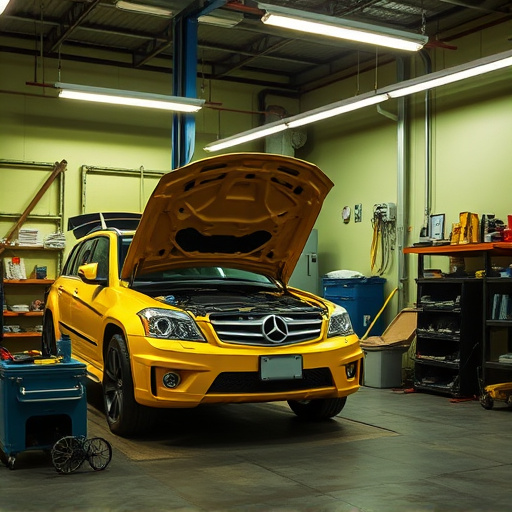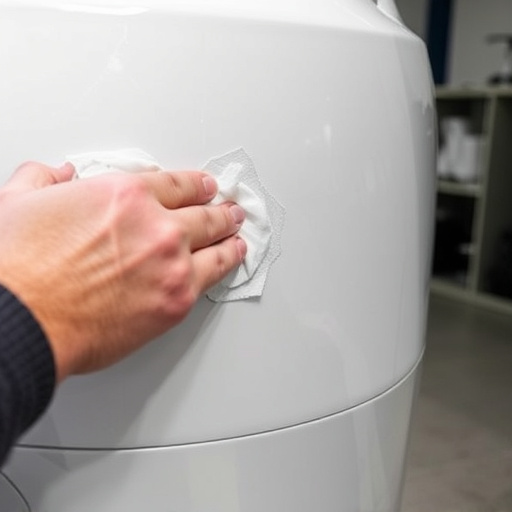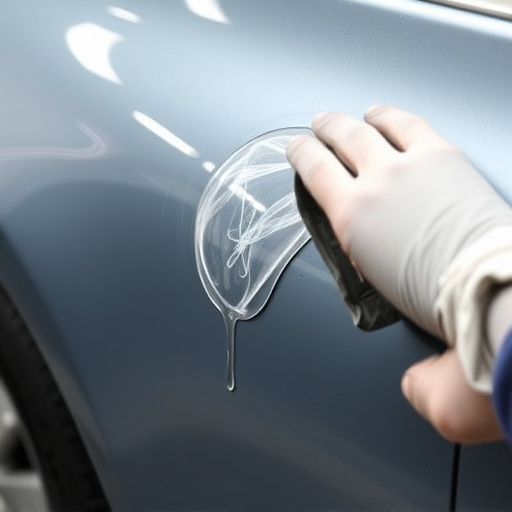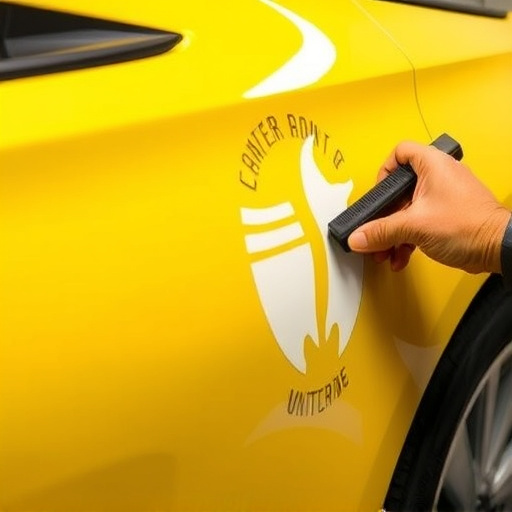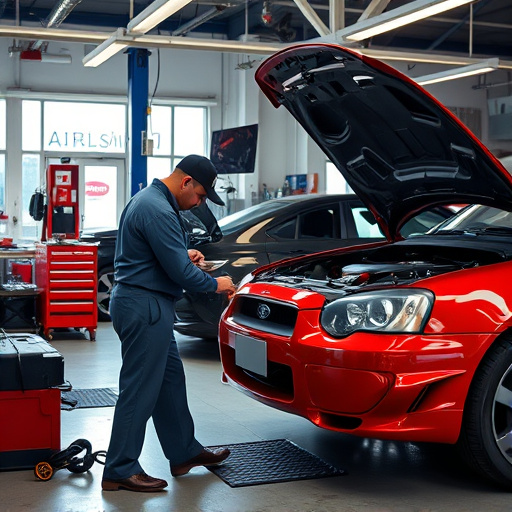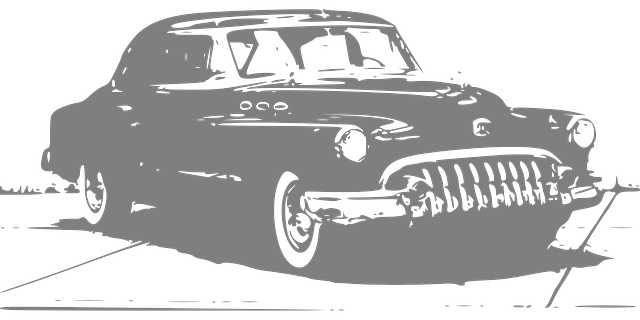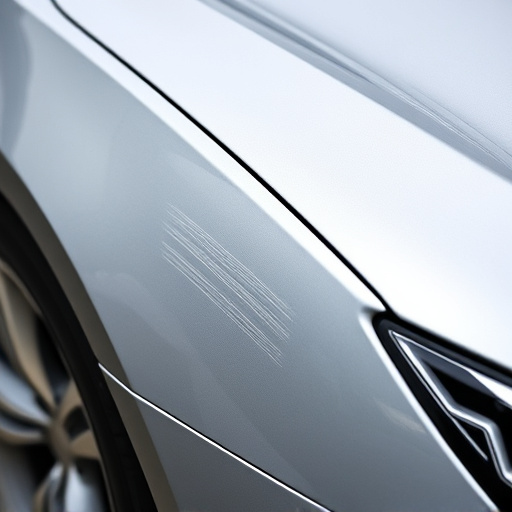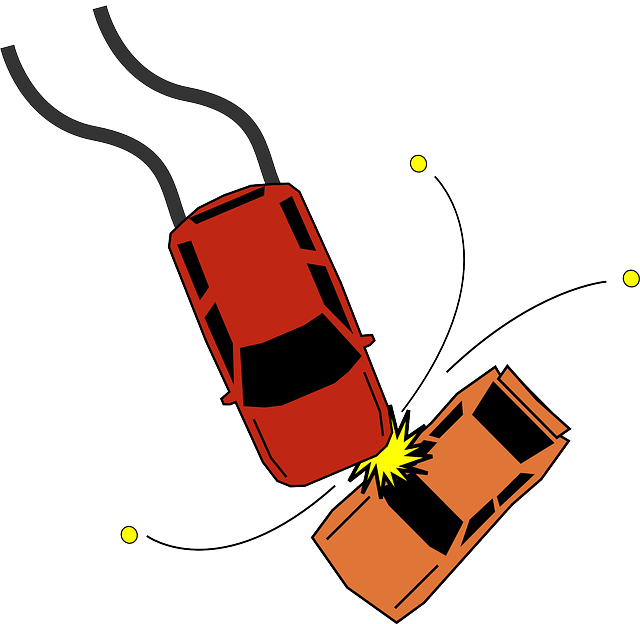By 2025, PDR (Paintless Dent Repair) is poised to be the dominant service in the automotive industry, driven by digital advancements that merge traditional expertise with advanced tools. This evolution enables precise assessments, efficient repairs, and superior outcomes, making PDR a preferred choice for minor vehicle damage. It distinguishes itself from extensive repainting methods, positioning PDR as a sustainable, cost-effective, and customer-focused game-changer in the auto body shop landscape.
In 2025, PDR for body shops remains a game-changer, evolving with the digital age while meeting modern consumer demands. This article delves into the evolution of PDR, exploring how advanced technology enhances efficiency and precision without sacrificing quality. We examine customer expectations, from convenience and speed to eco-friendliness, and demonstrate how PDR for body shops excels in fulfilling these desires. Additionally, we highlight the financial and environmental benefits that make PDR for body shops a sustainable and profitable choice.
- The Evolution of PDR: Adapting to the Digital Age
- – Exploring how PDR (Paintless Dent Repair) techniques have transformed and their relevance in 2025
- – Discussing advancements in technology and tools that enhance efficiency and precision
The Evolution of PDR: Adapting to the Digital Age
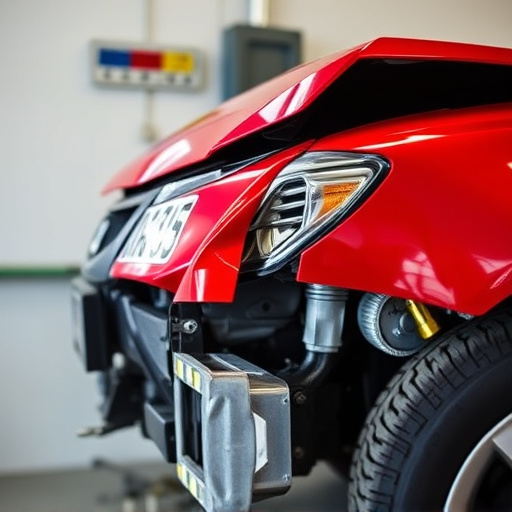
The practice of PDR (Paintless Dent Repair) for auto body shops has undergone a remarkable evolution over the years, especially as we step into 2025. What began as a niche technique for minor vehicle damage repair has transformed into a highly sophisticated and sought-after service in the automotive industry. With the digital age upon us, PDR has adapted to incorporate advanced technologies, ensuring its relevance in modern times.
Today, many body shops offer PDR services, combining traditional expertise with digital tools such as specialized software, precision instruments, and high-resolution cameras. This digital transformation allows for more accurate assessments, efficient repairs, and superior outcomes. As vehicle owners seek convenient and cost-effective solutions, PDR offers a compelling alternative to traditional paint jobs, especially for minor dents and scratches. The ability to restore vehicles to their pre-accident condition without extensive repainting is a game-changer in the auto body shop industry.
– Exploring how PDR (Paintless Dent Repair) techniques have transformed and their relevance in 2025
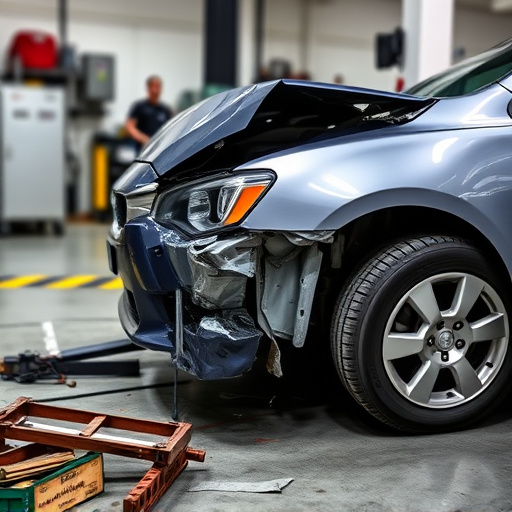
The year 2025 marks a significant milestone for the automotive industry, and at the forefront of this evolution is PDR (Paintless Dent Repair) – a technique that has revolutionized the way collision repair shops approach car paint repair. Over the years, PDR has transformed from a niche practice to an integral part of modern body shop operations. This innovative method allows technicians to remove dents and dings from vehicle exteriors without the need for traditional painting and repainting processes.
As we move forward into the future, PDR’s relevance remains unparalleled, especially with the increasing demand for efficient, cost-effective, and environmentally friendly collision repair services. With advanced tools and techniques, PDR for body shops offers faster turnaround times, reduced labor costs, and minimal waste generation, making it a sustainable choice in the ever-evolving landscape of vehicle paint repair. This method ensures that body shops can deliver superior customer experiences while maintaining high standards of quality and efficiency.
– Discussing advancements in technology and tools that enhance efficiency and precision

The year 2025 marks a significant milestone for the automotive industry, and one area that continues to evolve is PDR for body shops. Advancements in technology have revolutionized car damage repair processes within auto bodywork facilities. Modern tools offer unparalleled precision and efficiency, ensuring that repairs are not just visually appealing but also structurally sound.
These innovations allow automotive body shops to streamline their workflow, reduce downtime, and offer faster turnaround times without compromising quality. With the right equipment, technicians can now perform intricate repairs with greater ease, catering to the increasing demand for flawless auto bodywork in today’s competitive market.
In 2025, PDR for body shops remains a game-changer due to its adaptability and the continuous evolution of technology. The digital age has brought about advancements in tools and techniques, ensuring precision and efficiency in dent repair. As the demand for quick, hassle-free repairs increases, PDR offers a competitive advantage to body shops, catering to modern consumers’ needs. Embracing these innovations ensures that body shops stay relevant and provide top-quality services.
